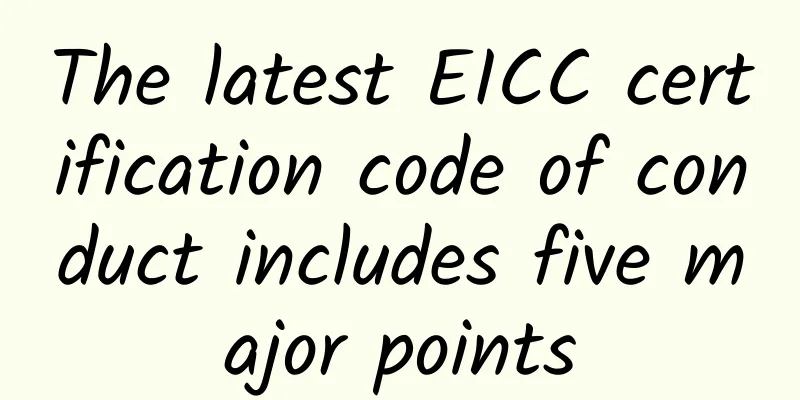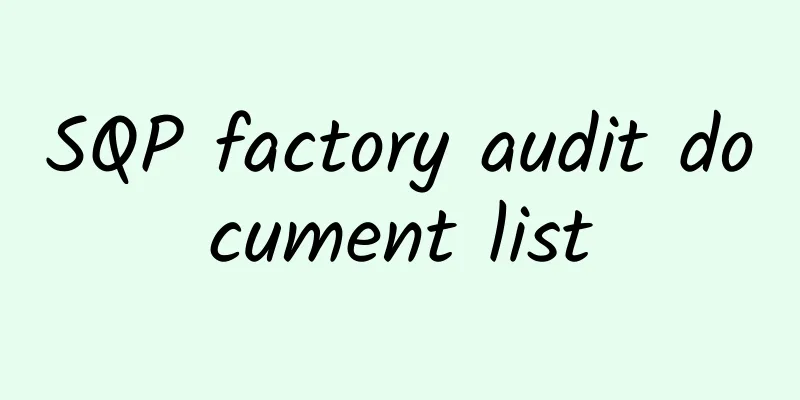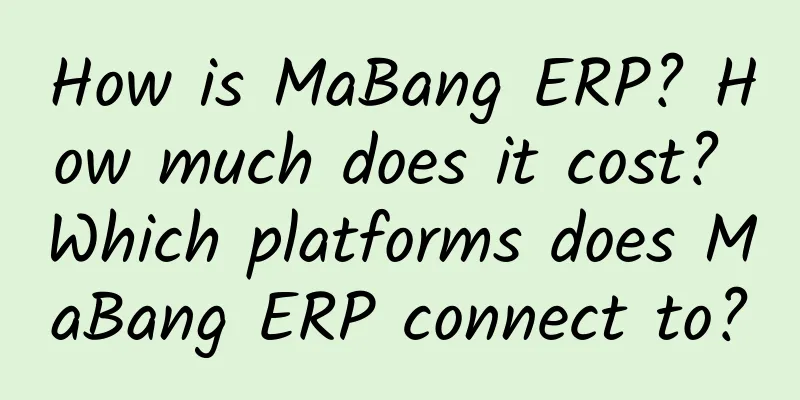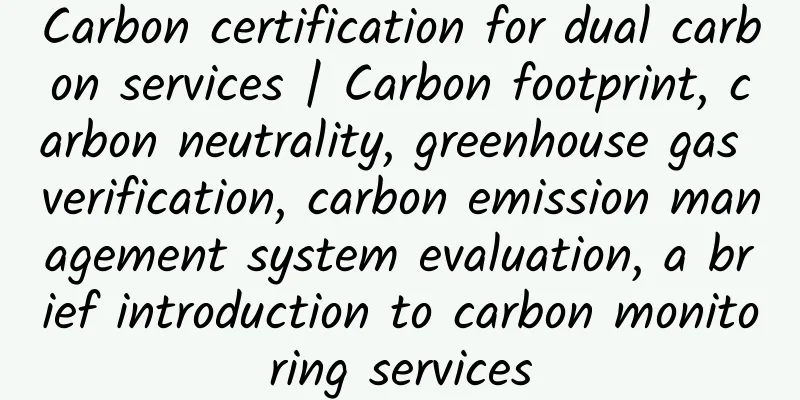The latest EICC certification code of conduct includes five major points

|
The Electronic Industry Citizenship Coalition (EICC) Code of Conduct is a set of standards developed by the Coalition to ensure that the electronics industry supply chain provides a safe working environment, that workers are treated with respect and dignity, and that companies operate environmentally responsible and ethically. For the purposes of this Code, all organizations that design, market, manufacture or provide products and services used to produce electronic products belong to the electronics industry. Any company in the electronics industry may voluntarily adopt this Code and ultimately apply it to its supply chain and subcontractors (including providers of contract labor). To adopt this Code and become a participant (“Participant”), an enterprise shall publicly support this Code and actively comply with this Code and its standards according to the management system described herein. Participants shall use this Code as a program to be implemented throughout their supply chain. At a minimum, they shall require their next tier suppliers to be aware of and implement this Code. The implementation of this Code presupposes that all business activities of the company must be in full compliance with the laws and regulations of the countries in which it operates. 1 This Code encourages participants to use internationally recognized standards in addition to compliance with laws and regulations, thereby promoting social and environmental responsibility and corporate ethics. 1 This Code is not intended to create new or additional rights for third parties, including workers. The EICC is committed to receiving regular feedback from stakeholders during the ongoing development and implementation of the Electronic Industry Code of Conduct. This Code consists of five parts. Parts A, B and C outline standards for labor, health and safety, and the environment, respectively. Part D outlines standards for business ethics; and Part E outlines the elements of an acceptable system for managing compliance with this Code. A. Labor Participants commit to support the human rights of workers, respect and dignity as recognized by the international community. Workers here include all temporary workers, migrant workers, student workers, contract workers, direct employees and any other type of workers. This Code was developed with reference to the recognized standards described in this Annex, which may also be a useful source of additional information. The labor standards are as follows: 1) Freedom to choose a career Do not use forced, bonded (including debt bondage), indentured, or involuntary prison labor, slavery, or trafficking. This includes transporting, harboring, recruiting, transferring, or receiving involuntary persons by threat, force, coercion, abduction, or fraud for the purpose of exploitation. All work must be voluntary, and workers have the right to leave or terminate their employment contracts at any time. Workers may not be required to surrender any government-issued identification, passports, or work permits as a condition of employment. Do not charge excessive fees, and all fees charged to workers must be disclosed. 2) Prohibition of child labor Child labor shall not be used at any stage of manufacturing. "Child" means a person who is employed under the age of 15 (or 14 where permitted by the laws of the country/region), under the age of completing compulsory education, or under the minimum age for employment in the country/region (any of which is considered a child). Legal workplace apprenticeship programs that comply with all laws and regulations are not included. All workers under the age of 18 shall not perform work that is likely to endanger the health or safety of minors. 3) Working hours Studies of business practices have shown a clear link between reduced productivity, turnover, and increased injuries and illnesses and worker fatigue. Therefore, the workweek should not exceed the maximum allowed by local law. In addition, except in emergency or unusual circumstances, the workweek should not exceed 60 hours, including overtime. Workers should be allowed at least one day off per seven-day week. 4) Salary and benefits Wages paid to workers shall comply with all applicable wage laws, including those regarding minimum wages, overtime hours, and legally mandated benefits. Workers shall be paid overtime wages in excess of their regular hourly wages, as required by local law. Deductions from wages as a disciplinary measure are prohibited. Wages shall be promptly provided to workers through pay slips or other similar documentation. 5) Humane treatment There shall be no cruel and inhumane treatment of workers, including any form of sexual harassment, sexual abuse, corporal punishment, mental or physical coercion or verbal abuse; this also includes the threat of any such action. Disciplinary policies and procedures supporting this provision shall be clearly defined and communicated to workers. 6) Non-discrimination Participants should commit to protecting employees from harassment and illegal discrimination. Companies should not discriminate against employees in hiring and employment practices (e.g., promotions, rewards, and training opportunities) based on race, skin color, age, gender, sexual orientation, ethnicity, disability, pregnancy, beliefs, political affiliation, community membership, or marital status. In addition, workers or prospective workers should not be forced to undergo discriminatory medical examinations. 7) Freedom of association Open and direct communication between workers and management is the most effective way to resolve workplace and pay issues. Participants should respect workers’ rights as required by law, including the right to associate freely, to join or not join a union, to seek representation, and to participate in workers’ committees. Workers should be able to communicate openly with management about working conditions and management issues without fear of reprisal, intimidation, or harassment. B. Health and Safety Participants should be aware that in addition to minimizing work-related accidents and illnesses, they should also focus on providing workers with a safe and healthy working environment, as this will help improve the quality of products and services, ensure production consistency, and enhance worker stability and morale. In addition, they also believe that ongoing worker input and education are key to identifying and resolving workplace health and safety issues. This Code was drafted with reference to recognized management systems (such as OHSAS 18001 and the ILO Guidelines on Occupational Safety and Health), which are also useful sources of additional information. The health and safety standards are as follows: 1) Occupational safety Potential hazards that workers may encounter in the workplace (such as electrical and other energy sources, fire, vehicles, and fall hazards) should be controlled through proper design, engineering and management controls, preventive maintenance, safe operating procedures (including lockouts/tagouts), and ongoing safety training. If the hazard source cannot be effectively controlled through the above methods, workers should be provided with appropriate and well-maintained personal protective equipment. Punishment should not be used to improve workers' safety awareness. 2) Emergency Preparedness Emergency preparedness should start with the identification and assessment of emergency situations and events, and then minimize the negative impact of emergency situations and events through the implementation of emergency plans and response processes, including: emergency reporting, worker notification and evacuation procedures, worker training and drills, appropriate fire detection and fire suppression equipment, adequate exit facilities and recovery plans. 3) Occupational injuries and diseases Procedures and systems should be established to prevent, manage, track and report occupational injuries and illnesses, including provisions to: encourage workers to report; classify and record injury and illness cases; provide necessary treatment; investigate cases and implement corrective actions to eliminate similar situations; and assist workers in returning to work. 4) Industrial Hygiene Hazards to workers from chemical, biological, and physical agents should be identified, assessed, and controlled. Excessive exposure to hazardous sources must be controlled through engineering techniques and management measures. When hazards cannot be effectively controlled by these means, appropriate personal protective equipment programs should be established and operated to protect worker health. 5) Physically demanding jobs The effects on workers of tasks involving physically demanding work, including manual material handling and repetitive heavy lifting, prolonged standing, and highly repetitive or forceful assembly work, should be identified, evaluated, and controlled. 6) Machine protection Production equipment and other machinery should be assessed for hazards. Machinery that could pose a risk to workers should be provided with physical guards, interlocks, and barriers and properly maintained. B. Health and Safety (continued) 7) Sanitation, food and accommodation Workers should be provided with clean toilet facilities, drinking water, sanitary food and storage facilities and utensils. Worker dormitories provided by the participant or labor agency should be kept clean and safe and provide appropriate emergency exits, hot water for bathing, adequate heating and ventilation, reasonable personal space, and reasonable access rights. C. Environment Participants should be aware that environmental responsibility goes hand in hand with producing world-class products. Manufacturing processes should minimize adverse impacts on society, the environment and natural resources, while protecting the health and safety of the public. This Code was drafted with reference to recognized management systems such as ISO 14001 and the Eco-Management and Audit System (EMAS), which are also useful sources of additional information. The environmental standards are as follows: 1) Environmental permits and reports All required environmental permits (e.g., emissions monitoring), approvals, and registrations should be obtained, maintained, and kept up to date, and their operational and reporting requirements followed. 2) Prevent pollution and save resources All types of consumption (including water and energy) should be reduced or eliminated at the source or through practices such as improved production, maintenance and facility processes, material substitution, conservation of natural resources, and material recovery and reuse. 3) Hazardous substances Chemicals and other substances that could pose a hazard if released into the environment should be identified and controlled to ensure their safe handling, transport, storage, use, recycling or reuse, and disposal. 4) Wastewater and solid waste Wastewater and solid waste generated by operations, industrial processes and sanitary facilities should be classified, monitored, controlled and treated as required before discharge or disposal. 5) Air Emissions Air emissions such as volatile organic chemicals, aerosols, corrosives, particulates, ozone depleting chemicals and combustion by-products generated during operations should be classified, monitored, controlled and treated as required before discharge. 6) Product content control Participants shall comply with all applicable laws, regulations and customer requirements regarding prohibitions or restrictions on specific substances, including labeling for recycling and disposal. D. Code of Ethics To fulfill their social responsibilities and succeed in the market, participants and their agents must adhere to the highest standards of ethics, including: 1) Clean management The highest standards of integrity should be observed in all business interactions. Participants should prohibit any and all forms of bribery, embezzlement, extortion and misappropriation, and should implement monitoring and enforcement procedures to ensure compliance with the requirements of honest business (including the promise, offer, giving or acceptance of any bribe). All corporate transactions should be completed in a transparent manner and should be correctly reflected in the accounts and records of participants. Monitoring and enforcement procedures should be implemented to ensure compliance with anti-corruption laws. 2) No improper gains Bribes or other forms of improper gains must not be offered or accepted. 3) Information Disclosure Disclose information about business activities, organizational structure, financial situation and performance in accordance with applicable regulations and prevailing industry practices. Falsification of records or misrepresentation of conditions or operations in the supply chain is unacceptable. 4) Intellectual Property Intellectual property rights should be respected and properly protected when transferring technology and know-how. 5) Fair Trade, Advertising and Competition Standards of fair dealing, advertising and competition must be upheld. Participants must have measures in place to protect customer information. 6) Identity confidentiality Procedures shall be in place to protect supplier and employee whistleblowers2 and maintain their confidentiality. 2 Whistleblower definition: Any person who makes a disclosure of misconduct by a company employee or management, or a public official or government agency. 7) Sourcing minerals responsibly Participants shall have policies to ensure, where reasonable, that tantalum, tin, tungsten and gold contained in manufactured products do not directly or indirectly finance or benefit armed groups that commit human rights abuses in the Democratic Republic of the Congo or adjoining countries. Participants shall exercise due diligence on the source and chain of custody of these minerals and shall provide specific due diligence measures to customers upon request. 8) Privacy Participants shall maintain the confidentiality of the personal information of all persons with whom they do business (including suppliers, customers, consumers and employees) in a manner consistent with the reasonable expectations of such persons. Participants shall comply with laws and regulations related to privacy and information security when collecting, storing, processing, transmitting and sharing personal information. 9) No retaliation Participants should develop a communication process to ensure that employees can raise any issues without fear of retaliation. E. Management System Participants shall adopt or establish a management system whose scope is relevant to the content of this Code. The management system shall be designed to ensure: (a) compliance with laws, regulations and customer requirements related to the participant's operations and products; (b) compliance with this Code; and (c) identification and mitigation of operational risks related to this Code. In addition, the management system shall promote continual improvement. The management system shall include the following elements: 1) Company Commitment The company's social and environmental responsibility policy statement should confirm participants' commitment to compliance and continual improvement and be signed by senior management. 2) Management Responsibilities and Accountabilities Participants should clearly designate company representatives to be responsible for ensuring the implementation of the management system and related programs. Senior management should regularly review the operation of the management system. 3) Legal and customer requirements Identify, monitor and understand applicable laws and regulations (including the provisions of this Code) and customer requirements. 4) Risk assessment and risk management A process should be in place to identify environmental, health and safety, and labor ethics risks associated with the operations of participants, determine the level of each risk, and implement appropriate procedural and physical controls to ensure compliance and control of identified risks. 5) Improvement goals Performance objectives, indicators and implementation plans should be established to improve the social and environmental responsibility performance of participants, including regular evaluation of the performance of participants in achieving these objectives. 6) Training Training programs should be developed for management and workers to implement participant policies, procedures and improvement goals while meeting applicable regulatory requirements. 7) Communication A process should be in place to clearly and accurately communicate participant policies, practices, expectations and performance to workers, suppliers and customers. 8) Worker feedback and participation Establish programs to continually assess employee understanding of this Code and obtain feedback on the practices and conditions covered by this Code to promote continual improvement. 9) Audit and evaluation Conduct regular self-assessments to ensure compliance with regulatory requirements, this Code, and social and environmental responsibility requirements in customer contracts. 10) Corrective measures Establish processes to promptly correct deficiencies identified in internal and external assessments, inspections, investigations, and reviews. 11) Documents and Records Create and maintain documents and records to ensure compliance with regulatory and company requirements while properly protecting confidentiality. 12) Supplier Responsibility A process should be in place to communicate the requirements of this Code to suppliers and to monitor suppliers’ compliance with this Code. |
<<: COC Certification: Records Required by Auditors
>>: What is a Quiksilver factory audit?
Recommend
How is Bar-headed Goose? What are the service advantages of Bar-headed Goose?
How about the bar-headed goose? Founded in 2018, ...
eBay product selection: simple application of watcheditem in product selection
watcheditem is a website with the URL: http://www...
eBay US annual data, eBay sellers come and click!
eBay's 2019 has passed quietly. Before we kno...
What impact will the new eBay overseas warehouse policy have on sellers?
eBay’s new overseas warehouse policy will more or...
How is Chitai Logistics? What services does Chitai Logistics provide?
How about Chitai Logistics? Shenzhen Chitai Logis...
What is Best Buy? What are the characteristics of the Best Buy model?
What is Best Buy? Best Buy, the world's large...
BSCI operates according to the following principles
The ultimate goal of BSCI is to improve working c...
SA8000 Standard 2014 Revision Content
To ensure the continued relevance and adaptabilit...
The most comprehensive guide to applying for "climate-friendly" projects (Part 1)
When searching for a product, when will the scree...
ICTI Training Manual (I)
Brief description Training content ü Explain some...
Common electrical safety issues and solutions during BSCI factory audits (VI) Exposed wires 2
Problem phenomenon: Wires are exposed. Solution: ...
What should be considered when applying for the Global Recycling Standard GRS certification?
GRS Global Recycling Standard Certification is bec...
Polyvinyl chloride MSDS Material Safety Data Sheet
Polyvinyl chloride (high molecular weight) Materi...
What is Haiwei Yibai? What services does Haiwei Yibai provide?
What is Haiwei Yibai? Shenzhen Yisheng Informatio...
A brief understanding of the role of ISO17025 laboratory accreditation
ISO17025 is an international standard for laborat...









